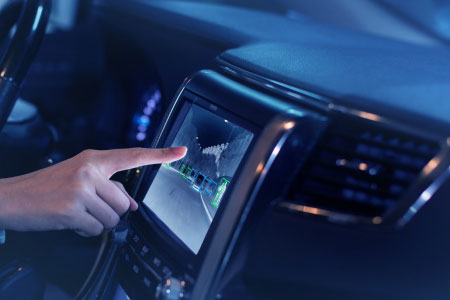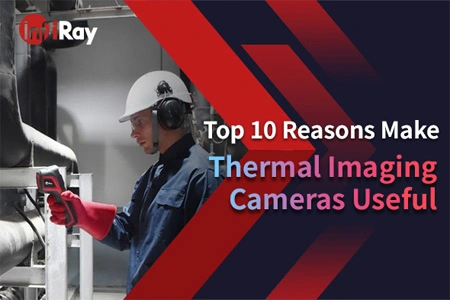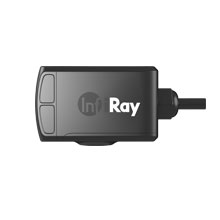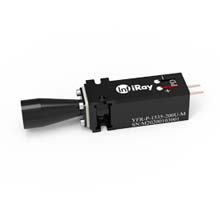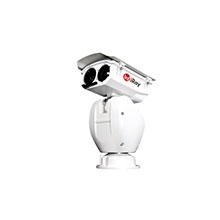Do You Really Need a Thermal Camera? Assessing the Need
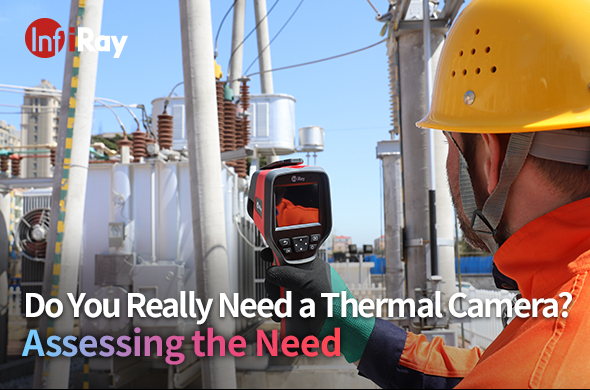
In today's ever-evolving world of technology, thermal cameras have emerged as powerful tools with a wide range of applications. From home maintenance to industrial inspections, these devices offer valuable insights by capturing heat signatures invisible to the naked eye. However, before investing in a thermal camera, it's crucial to assess whether you truly need one. Let's delve into the factors to consider when determining if a thermal camera is worth the investment.
Understanding Thermal Cameras
Thermal cameras, also known as infrared cameras, detect infrared radiation emitted by objects and convert it into visible images. Unlike traditional cameras that rely on visible light, thermal cameras operate in complete darkness and are unaffected by factors like smoke, dust, or fog. These devices come in various types, including handheld, fixed-mount, and thermal modules, each tailored to specific applications.
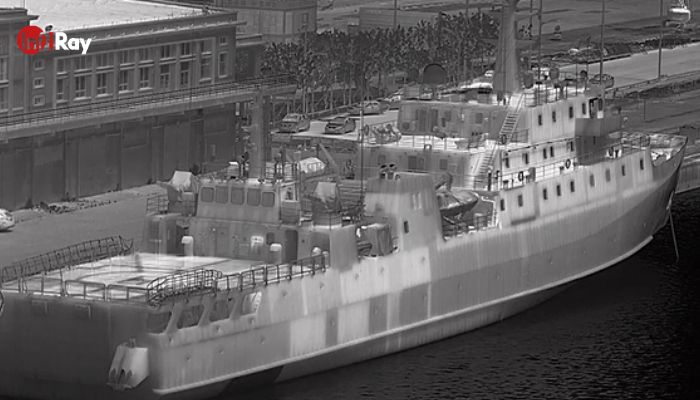
Assessing Your Needs
Before purchasing a thermal camera, it's essential to identify your specific requirements. Are you a homeowner looking to improve energy efficiency and detect potential issues like insulation leaks or electrical hotspots? Or are you in the industrial sector, where thermal imaging can streamline maintenance, prevent equipment failure, and ensure workplace safety? Additionally, consider if you need a thermal camera for security surveillance, wildlife observation, or other specialized tasks.
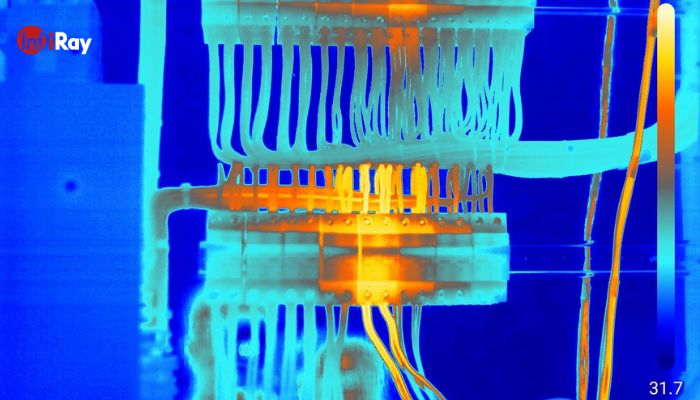
Cost-Benefit Analysis
While thermal cameras offer numerous benefits, they come with a significant initial investment. Therefore, it's essential to weigh the potential savings or benefits against the upfront costs. For instance, businesses can calculate the ROI of thermal imaging by estimating the money saved on equipment downtime, energy bills, or safety incidents. Similarly, homeowners can assess the long-term savings from identifying energy inefficiencies or preventing costly repairs.
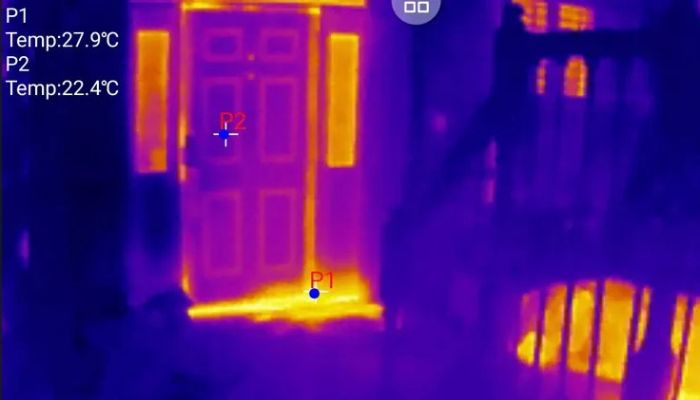
Evaluating Features and Specifications
When selecting a thermal camera, pay attention to key features such as resolution, temperature range, sensitivity, and portability. Higher resolution cameras provide clearer images, while wider temperature ranges and greater sensitivity ensure accurate detection of subtle temperature differences. Additionally, consider factors like portability and durability, especially if you require a camera for outdoor or rugged environments.
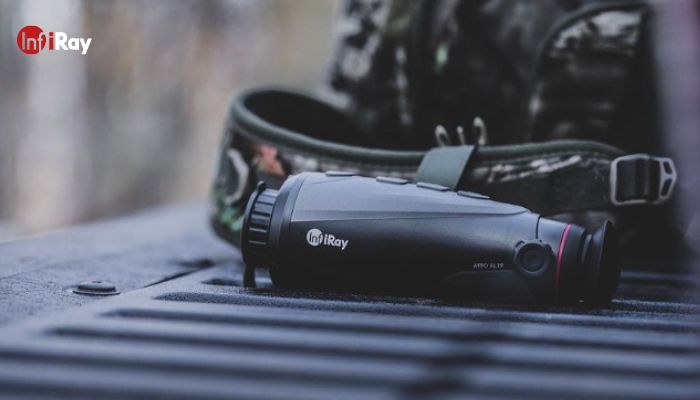
What Can Thermal Cameras Do in the Real-World
Thermal cameras, with their ability to detect infrared radiation and translate it into visible images, have found diverse applications across various industries and sectors.
1. Industrial Maintenance and Inspection
In the realm of industrial maintenance, thermal cameras play a pivotal role in preventive maintenance, troubleshooting, and quality control. By identifying overheating components, detecting potential equipment failures, and assessing the integrity of electrical systems, thermal imaging helps industries avoid costly downtime and ensure operational efficiency. Whether it's monitoring the temperature of rotating machinery, inspecting electrical panels for loose connections, or identifying insulation defects in pipelines, thermal cameras provide invaluable insights that enhance productivity and safety in industrial settings.
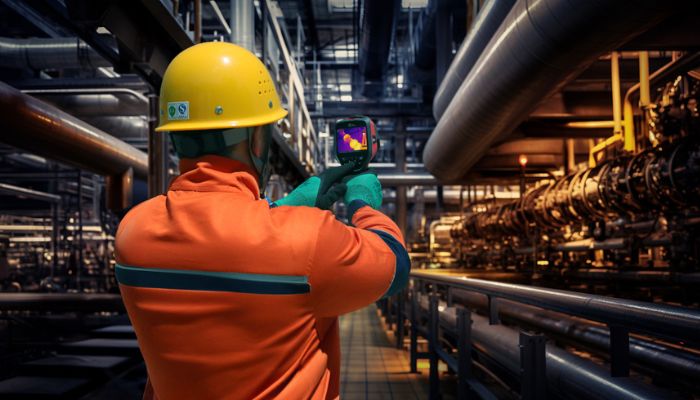
2. Building and Infrastructure Inspections
Thermal cameras are indispensable tools for assessing the structural integrity and energy efficiency of buildings and infrastructure. From detecting moisture intrusion and air leaks to identifying heat loss and insulation deficiencies, thermal imaging enables building inspectors and energy auditors to pinpoint issues that are invisible to the naked eye. By conducting comprehensive thermal inspections, property owners can optimize energy usage, minimize environmental impact, and prolong the lifespan of their assets. Additionally, thermal cameras aid in the early detection of potential hazards such as faulty wiring, overloaded circuits, and structural defects, thereby enhancing occupant safety and reducing liability risks.
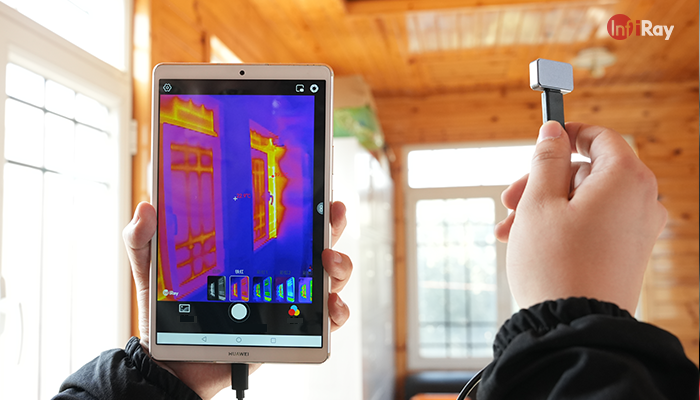
3. Firefighting and Search and Rescue Operations
In the firefighting and emergency response sectors, thermal cameras are invaluable tools for enhancing situational awareness and improving operational effectiveness. Firefighters rely on thermal imaging to locate hotspots, assess fire dynamics, and navigate through smoke-filled environments with greater precision. By detecting hidden fires and identifying potential victims, thermal cameras enable rescuers to expedite search and rescue efforts while minimizing the risk of injury. Moreover, thermal imaging drones equipped with infrared cameras provide aerial reconnaissance capabilities, allowing responders to assess the extent of fire damage, identify structural weaknesses, and prioritize resources more effectively during large-scale emergencies.
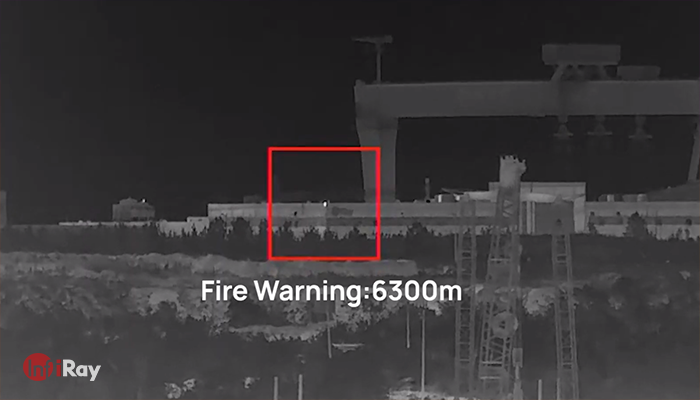
4. Medical Diagnosis and Monitoring
Thermal cameras are increasingly being utilized in the medical field for diagnosis and monitoring purposes. One notable application is in fever detection and screening. Thermal cameras can quickly and non-invasively measure the surface temperatures of individuals, allowing for efficient temperature monitoring and fever screening. During disease outbreaks, thermal cameras can be used to screen patients for elevated body temperatures, aiding in the early identification of potential infections. Additionally, thermal imaging is utilized in areas such as vascular imaging, where it helps in assessing blood flow and identifying vascular abnormalities, aiding in the diagnosis of conditions like deep vein thrombosis and peripheral artery disease.
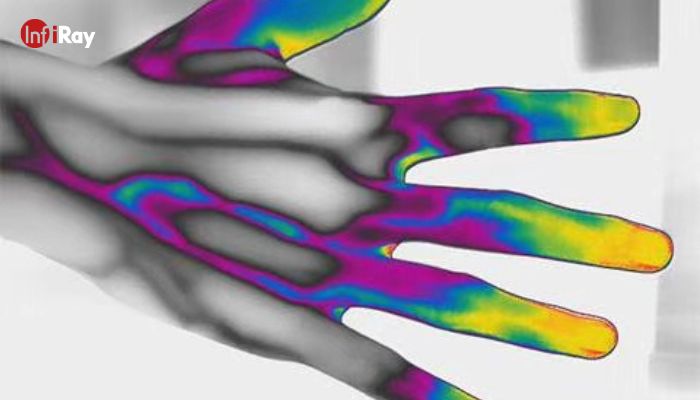
5. Wildlife Conservation and Ecology
Thermal cameras play a crucial role in wildlife conservation efforts, enabling researchers, biologists, and ecologists to study animal behavior, monitor populations, and protect endangered species. By conducting nocturnal surveys, tracking animal movements, and conducting thermal imaging surveys, conservationists gain valuable insights into the habitat preferences, reproductive patterns, and migratory behaviors of wildlife species. Thermal cameras also aid in anti-poaching efforts, helping wildlife rangers detect poachers, track illegal activities, and safeguard vulnerable ecosystems. Whether it's monitoring nesting sites, studying foraging behaviors, or conducting biodiversity assessments, thermal imaging contributes to the conservation and preservation of natural habitats and biodiversity.
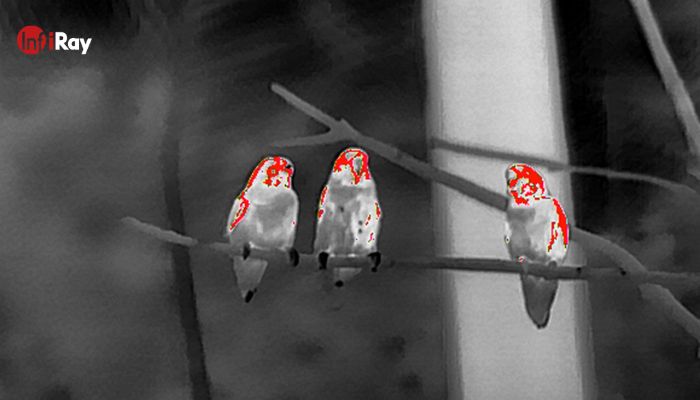
The decision to invest in a thermal camera hinges on a thorough assessment of your needs and a careful evaluation of the costs and benefits. Whether you're a homeowner seeking to improve energy efficiency or a business owner looking to optimize maintenance processes, understanding the role of thermal imaging is crucial. By weighing factors such as application, budget, and alternative solutions, you can determine whether a thermal camera is truly worth it for you.
So if you ask whether is it worth buying a thermal imaging camera, the answer is YES. For those who prioritize efficiency, safety, and preventive maintenance, a thermal camera can be a valuable asset. However, it's essential to conduct a thorough assessment of your needs and consider alternative solutions before making a decision.

 français
français  Deutsch
Deutsch  Español
Español  italiano
italiano  русский
русский  português
português  العربية
العربية  日本語
日本語  한국어
한국어  magyar
magyar 






